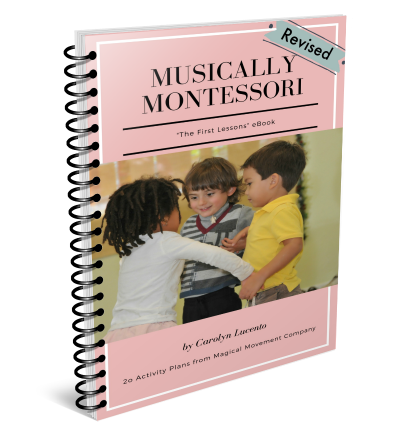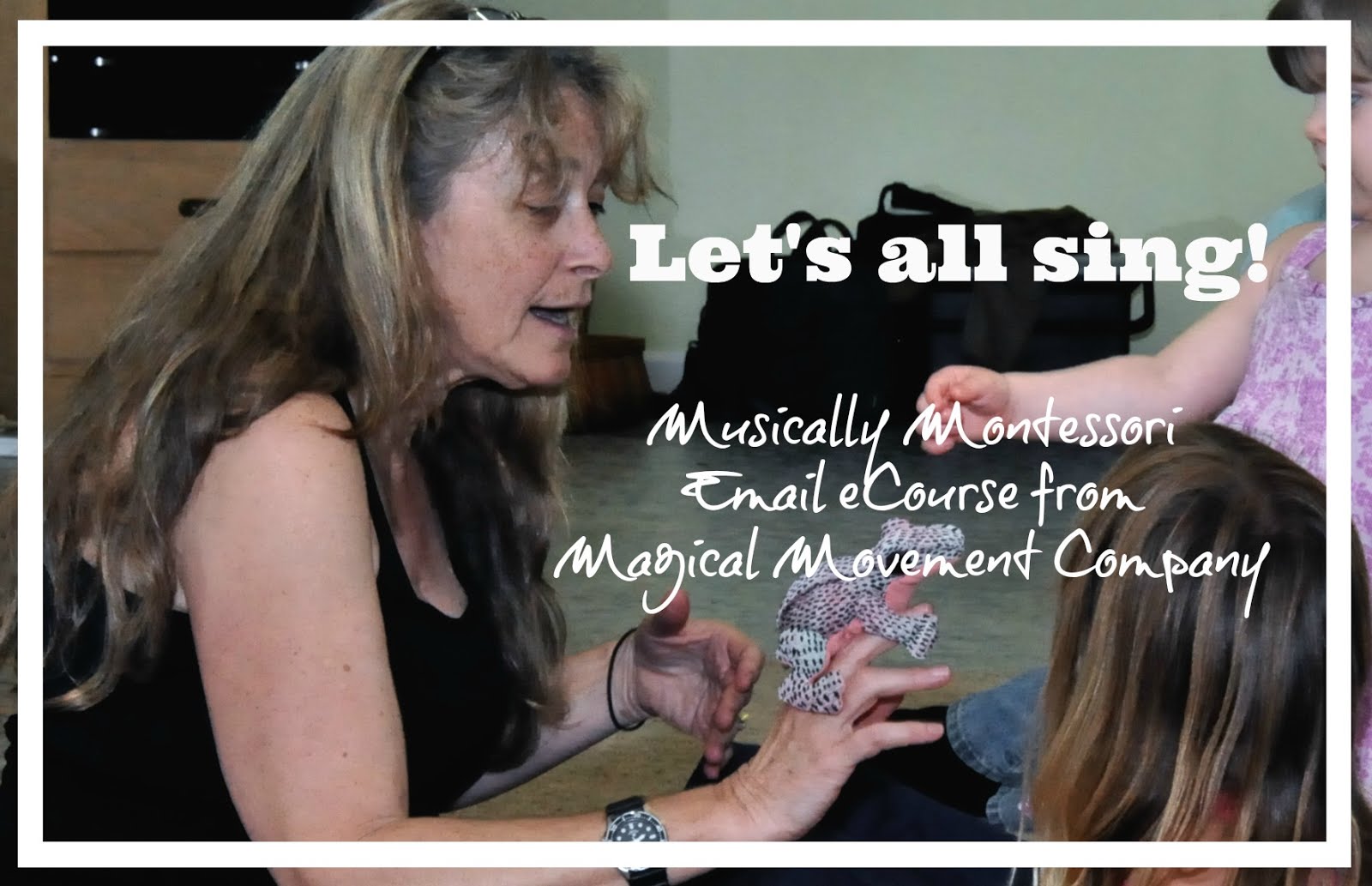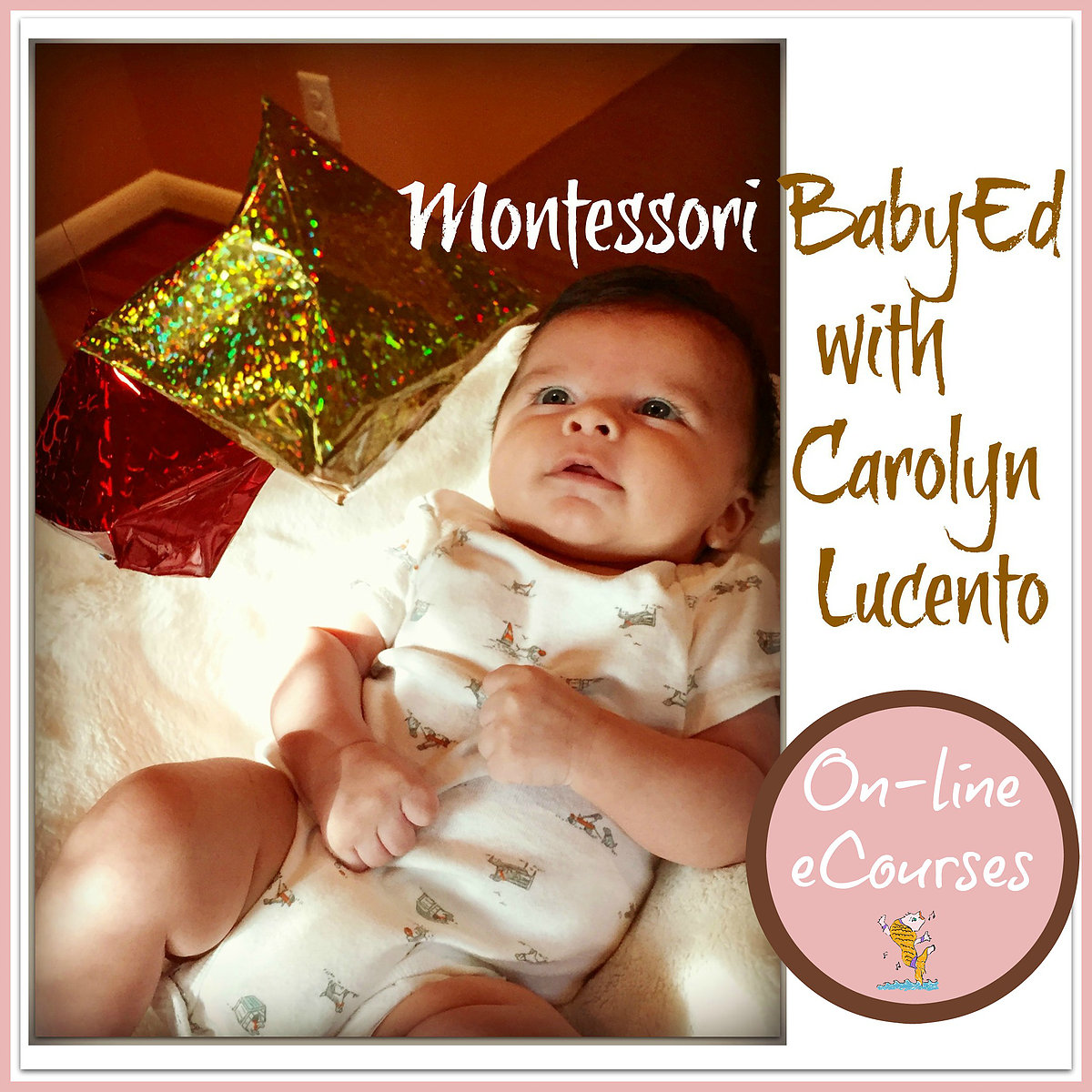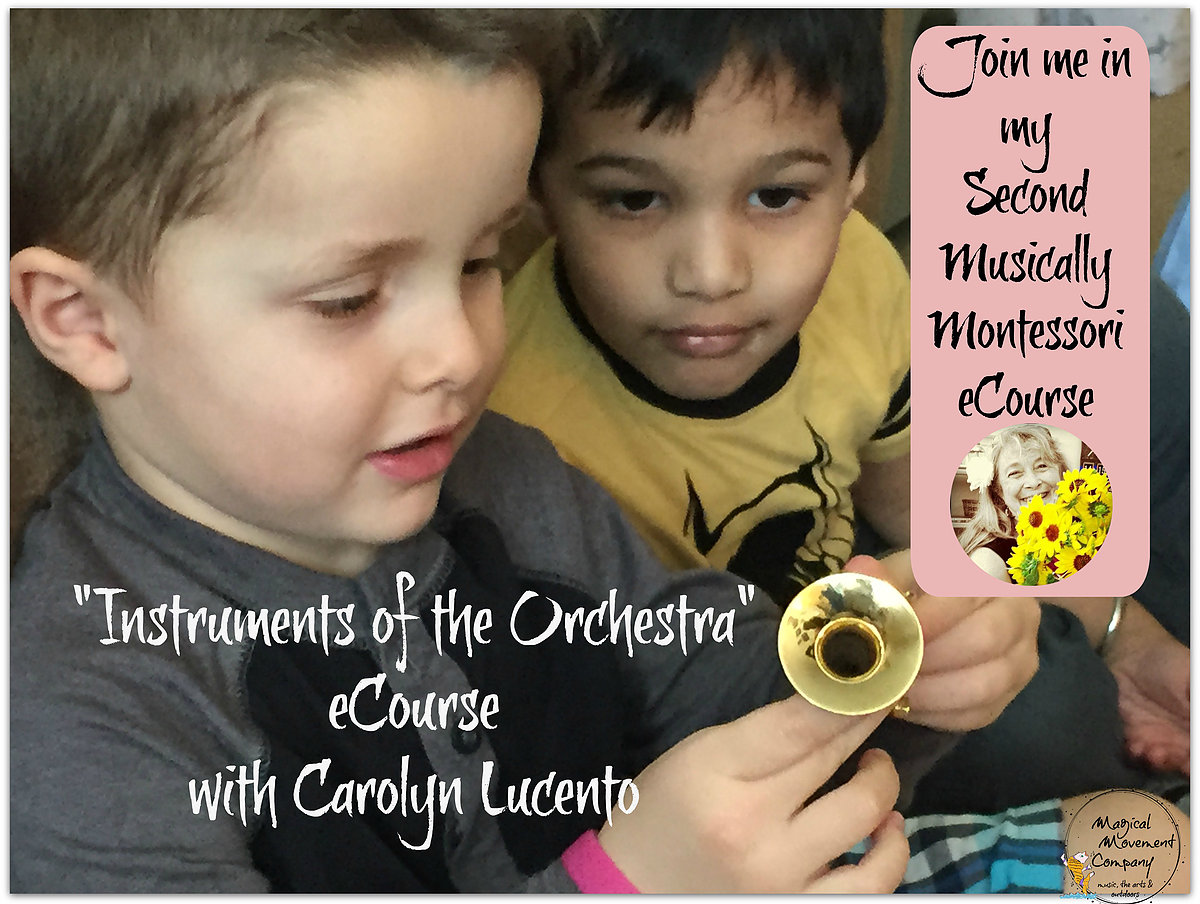"YO-HO!" MEANS "IT IS GOOD"... A FAVORITE PHRASE OF THE CHILDREN IN THE MONTESSORI MUSIC ROOM FROM OUR STUDIES OF NATIVE AMERICAN MUSIC AND DANCE.
Photo by the artists at Dollar Photo Club
CULTURAL STUDIES OF THE CONTINENT OF
NORTH AMERICA
If you haven't yet added Native American dancing & drumming to your Montessori cultural studies, you're in for a real adventure. Since, I teach music in North America, I love introducing the traditional tribal songs, chants, dancing and even drumming to the children in my groups. Also, this happens to be my family heritage!
Photo by the artists at Dollar Photo Club
My great-grandmother Ruth ("Nonnie") was Cherokee and she was one of my favorite people from my childhood. In fact, she lived until I was 14, so I think she had that Native American stamina that gave her longevity. I would stay with her every summer in her Appalachian home in the hills of Virginia. She taught me how to sew bonnets & aprons, and how to churn butter, how to slaughter a chicken and especially how to grow corn. She smoked a corn cob pipe, too! Every evening, she went out "prowling" and in the mornings we would find her pounding herbs and brewing tinctures along with baking those fresh biscuits she had prepared for our country breakfast. As our family story goes, "Nonnie" didn't live with her Cherokee family after she left her home and went down the mountain to be with our great grandfather, Forest Spangler. They had four children together and lived as share-croppers on land that was on top of a beautiful mountain miles from anyone else.
Here's one of the last photos of my Cherokee great-grandmother in her old age after she had moved down off her mountain and into Pearisburg, the town where her youngest daughter lived. She's snapping beans to go along with the cornbread in the oven.
Photo by Carolyn at Magical Movement Company
ECHO RHYTHM CHANTING
In our weekly Montessori music class, we always do warm-ups. During our vocal warm-ups, we always include echo rhythms and this one from Frank Leto is just perfect for setting the mood for Native American music and dance. It's called "Native American Chant" and it consists of echoing the names of Native American tribes, such as Seminole and Mohican, etc. We kept the underlying steady beat by tapping our hands on our knees while we echoed the names.You can listen and download the chant at Amazon at this link:
Native American Chant from Frank Leto's Move Your Dancing Feet Album .
CELEBRATING, POW WOW STYLE
Then, I explain to the little ones that the North American tribes have celebrations called "Pow Wows" where there is dancing, singing and drumming. The dancers dress in their ceremonial costumes elaborately decorated with colorful beads, ribbons and feathers.
Photo by the artists at Dollar Photo Club
Photo by the artists at Dollar Photo Club
Photo by the artists at Dollar Photo Club
SINGING HELLO IN CHEROKEE
Since we always begin our music circle with our hello song, this is a great opportunity to sing hello the Cherokee way. When I was younger I learned that "Ahn-nay" was a Cherokee greeting. However, I discovered a wonderful site for Native Cherokee sayings and I found that the everyday way of saying hello is: "Oh-Si-Yo". Here's a very short video so that you can hear the way to say hello in Cherokee. By the way, the actual word for Cherokee is "Tsalagi".
After singing "Oh-Si-Yo" in your hello song, your children will really benefit from seeing some photos of a pow wow and especially a pow wow drum. I explain that a pow wow drum is big and is not played by just one person, but rather by many drummers.
FOCUSED LISTENING
Photo by the artists of the Dollar Photo Club
Here is a good rendition of the pow wow Round Dance song from the Cree Tribe (at Amazon.com): Round Dance.
I like to tell the children about my experiences at Pow Wows I have attended in the Klamath region of Oregon. I explain that pow wows are always held outdoors and the people camp out. If you go to a pow wow celebration, you will not only see the drumming and dancing, you will also see tipis that are set up for camping out.
Photo by the artists at Dollar Photo Club
Photo by the artists at Dollar Photo Club
Sometimes, young children have never seen or heard of a tipi, and so it's important to show them a nice big photo or two of tipis set up as they were in the traditional tribal villages before the 1950's.
MOVING TO THE ROUND DANCE/HOP LITTLE FROG SONG
For a wonderful movement activity to set the mood for your pow wow studies, your children will certainly enjoy this fun song: "Hop, Little Frog". Here's that link at Amazon: Hop, Little Frog from Sue Straw.
This song starts with a simple Round Dance beat on the pow wow drum, and so I show the children how to form a circle, holding hands and lifting our arms up. Then I invite them to move one foot then the other to the steady beat. For the older groups (5-7 yr olds) we actually hold hands and walk clock-wise to the steady beat.
The next part of this song is about the little frog hopping. I tell the children that after we dance the round dance, we will drop our hands and then hop like frogs. (very popular with the little ones!) In larger groups, I think it works best to show the children how to use their strong muscles to do their "frog hopping in-place"...then they are less likely to accidentally bump into each other. Even so, be prepared for lots of hopping and giggles, too! Children really love this part.
Then, it is back to the round dance drumming and I have the children return to holding hands and keeping the beat by stepping with their feet.
****I usually stop this recording after the second round of round dance drumming rather than play it to the end. (It ends with another verse of "hopping, like a frog" and I think that ending with the round dance is much nicer and helps us all get back to our sitting at circle for the next activity.)
After the children have danced, seen photos, and listened to pow wow music, then it is time for them to MAKE MUSIC!
MAKING MUSIC WITH THE CHILD SIZE
POW WOW DRUM
This is when I bring out my child-size pow wow drum.(called a children's "gathering drum")
If you don't already have one, I highly recommend considering purchasing a "gathering drum" that is designed for several players to play. Even, the 18 in. version (pictured above) can handle 3 children sitting around the drum and each drumming with a single felt-handled mallet. Here is that link at Amazon: Remo Gathering Drum for kids.
Gathering drums are a great way to start a music circle anytime. And, one thing I have definitely observed is that children greatly benefit from drumming together on a large drum. I have seen children adjust to the others drumming so that they begin to create a steady beat together. A wonderful way to build community and good listeners.
The mallets for a real pow wow drum are called "beaters." I have actually made these from a simple stick that I wrapped yarn round and round into a ball at one end and then covered with a piece of felt tied securely over the yarn.
Before the children have a turn at playing the gathering drum, I demonstrate for them. I use a nice gentle swing of my wrist and the sound is always beautiful (and loud!)
This is where I explain to the children that when they have a turn to play the drum, they don't need to play hard because the drum is already quite loud. Instead, I have them practice holding their pretend mallet and using their strong hand muscles to bounce gently up and down. This little practice session helps children better control their drumming to prevent injuries to the drum, the mallets, or even the children by helping the children understand how to play gently and effectively.
If your budget doesn't allow even the smaller size gathering drum, you can still make 3 or 4 "beaters" and have children play on the carpet in the middle of the circle. The important aspect of this activity is keeping the steady beat with the beater and keeping that steady beat together with the other players.
MEANWHILE...
Next, I tell the children that while the pow wow drummers (3 or 4 children at a time in the middle of the circle) are playing, the rest of the group will be patting their hands on their knees and chanting this Cherokee song:
"A-way-nay-nay-ya-ha-way-he-nay-yo" (repeat 4 times)
At the end of the 4 rounds, we all say "Yo-Ho!" which means "It is good" and we lift our hands and everyone stops singing and drumming all at the same time!
Then, the next group of "pow wow drummers" goes to the middle and prepares to drum while the rest of us sing.
I have always been amazed at how well even the youngest children get the hang of drumming together on the gathering drum; and the really fun part is when we all stop at the "Yo Ho!" part of the song. So many skills developing here!
TAKE IT TO THE MUSIC SHELF
I just completed my 72 page MUSICALLY MONTESSORI Lesson Plan Activity Pack for this beautiful cultural unit, and it is NOW AVAILABLE at my TpT Store. My subscribers will be the first to know, so watch for the email coming soon. There will be a special free gift for you, too!
$4.99 at my TpT Store. CLICK HERE TO SEE IT!
My subscribers are always the first to know, so watch for the email coming soon. There will be a special free gift for you, too!
If you haven't yet subscribed to my email list, I invite you to do so...it's easy. Just fill out the short form on the right sidebar of this blog.
SUBSCRIBE AND GET YOUR FREE eBOOK, MUSICALLY MONTESSORI: THE FIRST LESSONS (valued at $12.99!)
Thank you again for visiting my blog today. I hope you and your little ones enjoy having your own little Native American Pow Wow!
Advertising Disclosure: Magical Movement Company may be compensated in exchange for featured placement of certain sponsored products and services, or your clicking on links posted on this website. Thanks for your support!






























































